Born in 1867, Evelina Haverfield was one of the British suffragettes who was part of Emmeline Pankhurst’s militant women’s suffrage organization – Women’s Social and Political Union.
She was an aid worker and worked as a nurse in Serbia during WWI. When the war ended, Haverfield returned to Serbia where together with Vera Holme, they opened an orphanage in the western part of the country, in the town of Bajina Basta.
Evelina was born at Inverlochy Castle, Kingussie in Scotland, as the daughter of William Frederick Scarlett, 3rd Baron Abinger, and his wife Helen (Eileen) Magruder, the daughter of a United States Navy Commodore. During her childhood, Evelina lived in the Inverlochy estate and also in London. At the age of thirteen, she went to school in Düsseldorf in Germany. When she was only 19, in 1887, Evelina married Major Henry Wykeham Brooke Tunstall Haverfield, a Royal Artillery officer.
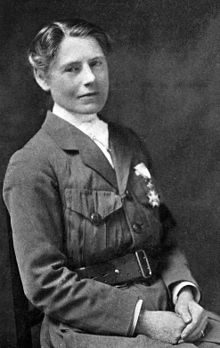
Haverfield was twenty years older than Evelina, but they had a happy marriage and lived in Dorset with their two sons for eight years together, until the unfortunate death of the officer. Evelina found a way forward with her feminist spirit and never hesitated to live her life rooted in the ideas and beliefs of the suffragist’s movement.
At the time when it was uncommon for women to ride a bicycle, Evelina owned one and called him Pegasus, as for the suffragists, this was a vehicle for ‘fresh air’ and freedom. It was during the Great War, when women protested for their sense of liberation and equality in social, political and economic aspects of life and society.
In 1899, Evelina Haverfield married another Royal Artillery Major, John Henry Balguy who was a friend of her deceased husband. Balguy became a brigadier-general and during the Second Boer War, was stationed in South Africa. Evelina followed him to assist him, and she enjoyed being a part of the military zone and even took part in rifle practice. While there, she established a retirement camp for horses.
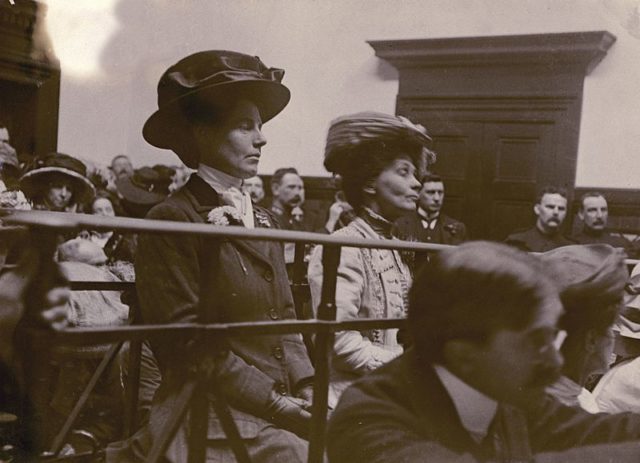
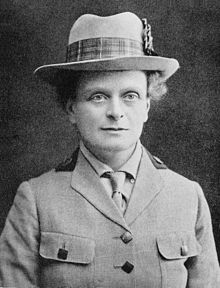
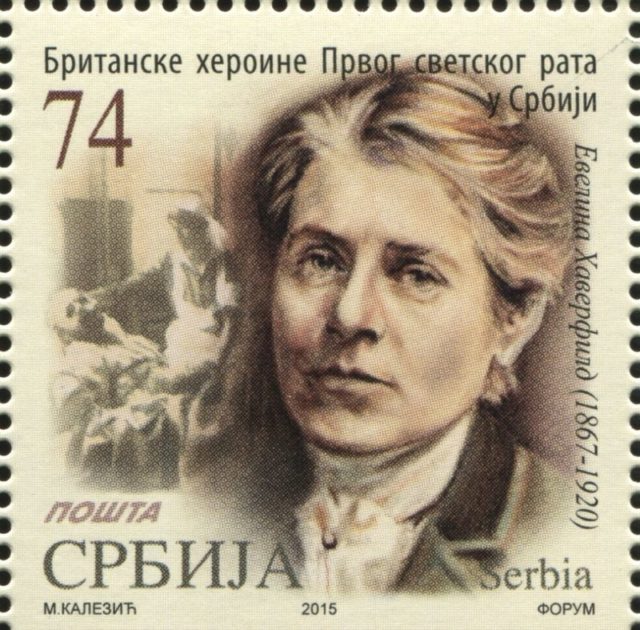
Evelina was deeply interested and involved in the suffrage movement in Britain and participated in different suffrage groups. First, she joined the Sherborne branch of the National Union of Women’s Suffrage Societies, and in 1908, after attending a rally at the Royal Albert Hall, Evelina joined the Women’s Social and Political Union (WSPU), supporting the militant suffragettes. She was frequently taking part in protests for which she was arrested several times.
Evelina was also part of the 1909 Bill of Rights March, when Emmeline Pankhurst led the members of the WSPU in their attempt to enter the House of Commons. Police blocked their way, and Haverfield was among the hundred women arrested. In 1910, she was arrested again during a WSPU demonstration, when she hit a policeman in his mouth, about which she apparently stated, “It was not hard enough, next time I will bring a revolver”. It wasn’t the last time she ended up being arrested. The next year, in 1911, Evelina was among the 200 arrested in London following a public protest against the Manhood Suffrage Bill, during which the women damaged government buildings.
With the outbreak of the WWI, Evelina established the Women’s Emergency Corps so that women could get involved and offer their assistance in the event of an invasion of the UK. In the following year, in 1915, she joined Elsie Inglis in Serbia, where they volunteered with the Scottish Women’s Hospitals. Following the German invasion of Serbia in 1916, the women were forced to leave the country.
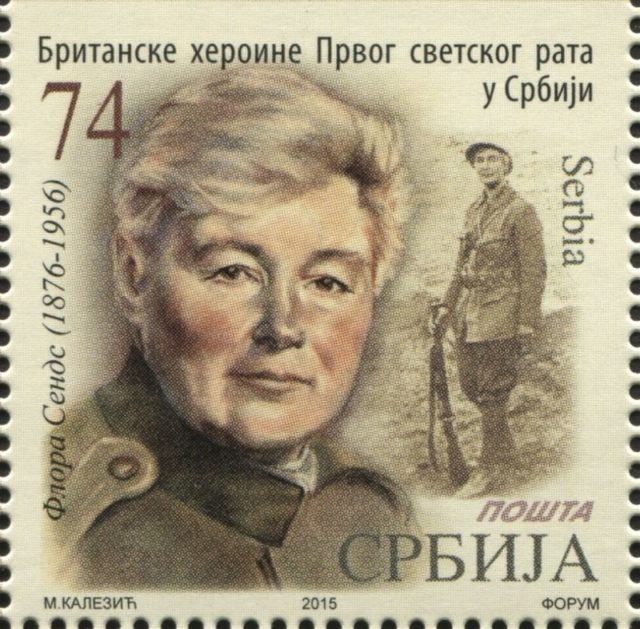
Later in 1916, Evelina founded the Hon together with Flora Sandes. It was a Haverfield’s and Sandes’ Fund for Promoting Comforts for Serbian Soldiers and Prisoners. In 1911, Haverfield started a relationship with Vera “Jack” Holme, an actress and a fellow suffragette. Following the war, the couple traveled again around Serbia and dedicated their time and attention to the orphaned Serbian children. They helped in the building of a children’s health center in Bajina Basta. Their relationship lasted until Evelina’s death, due to pneumonia in 1920.
She is buried in the cemetery in Bajina Basta. The children’s health center in the town was later named after Evelina.
